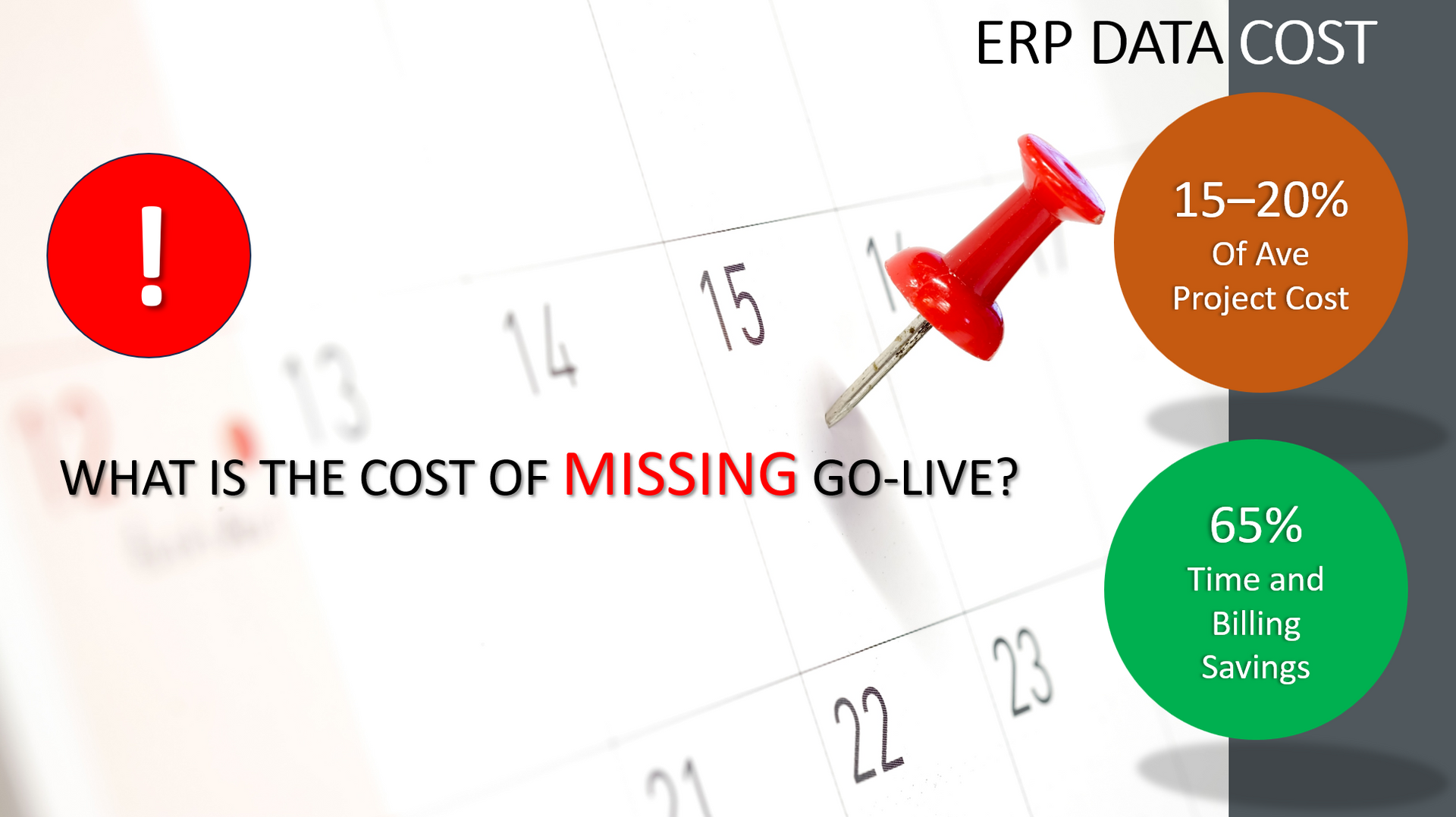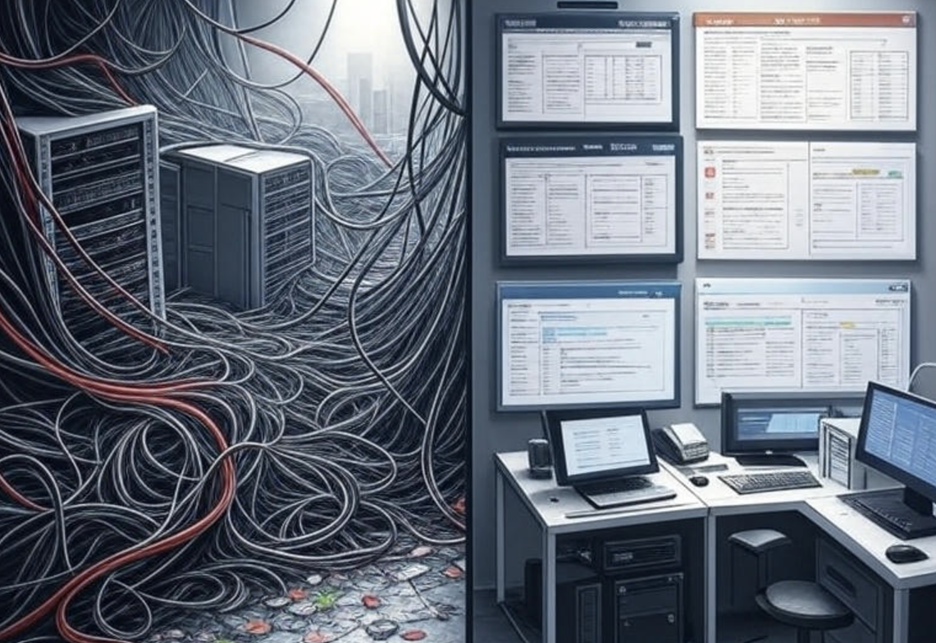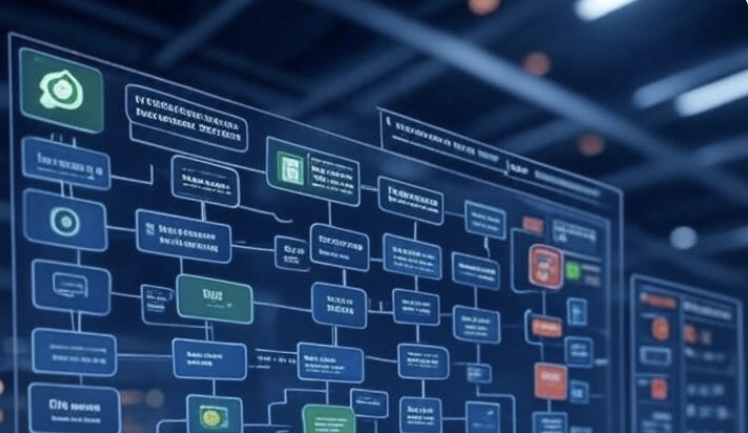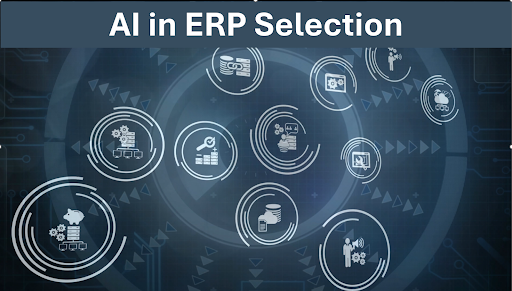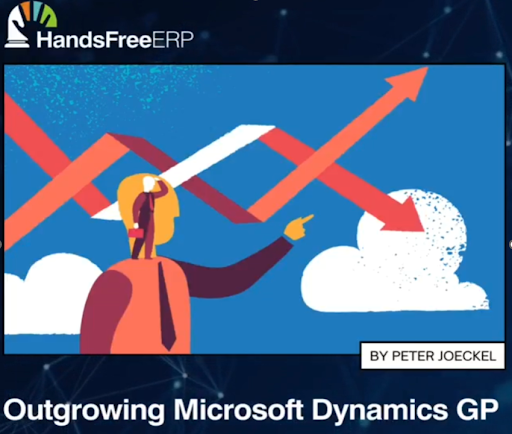Your D365 F&O Implementation Is Sitting on a Data Quality Time Bomb
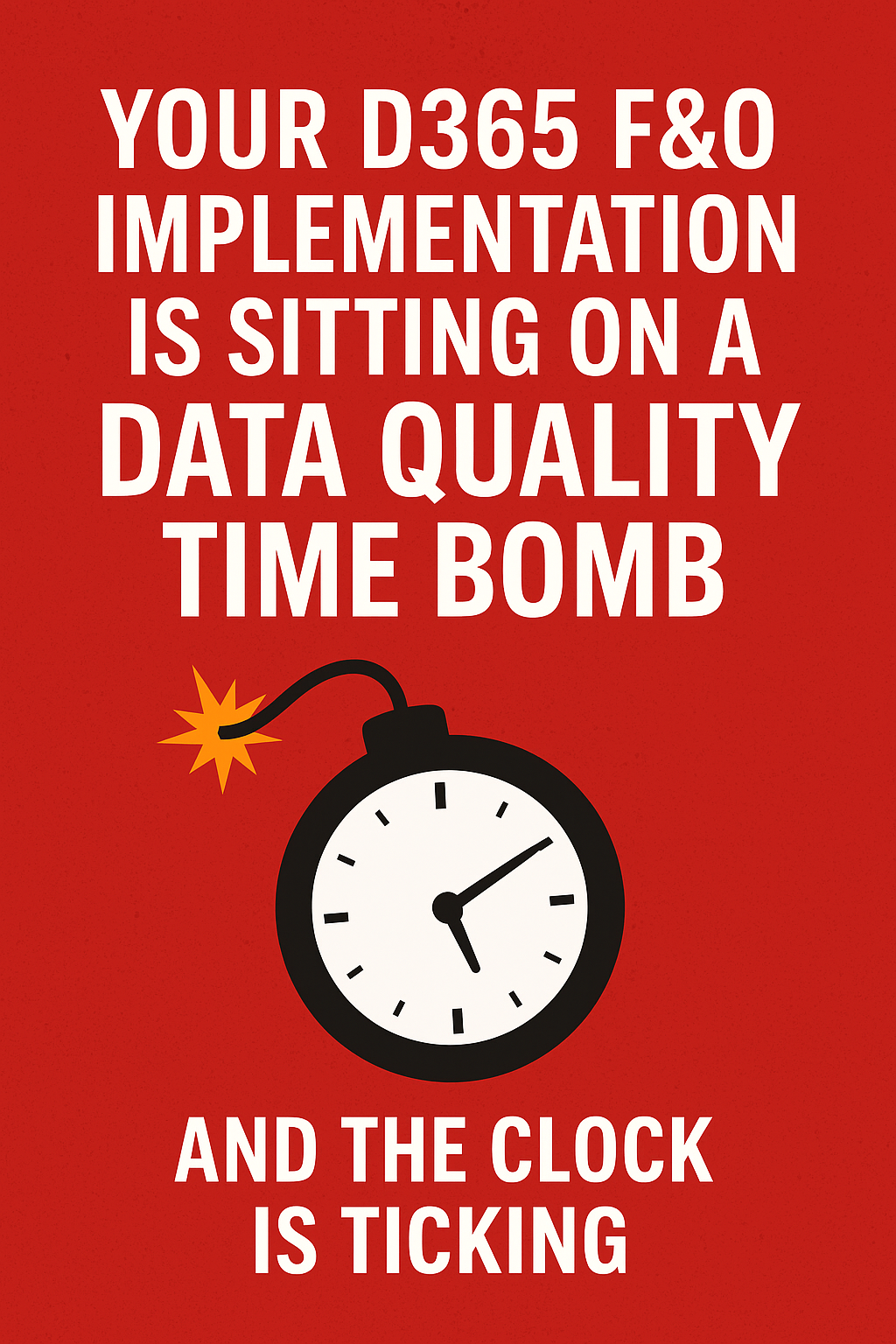
Most organizations think data migration is about moving records from A to B. They're wrong. It's about transforming business information into operational truth. Get it wrong, and you're just digitizing your problems at enterprise scale.
If you’re a distributor or manufacturer, your business runs on inventory. Simple as that. Everything else, sales, purchasing, operations, revolves around making sure your inventory data is accurate. And yet, so many companies struggle with messy, outdated, or outright incorrect data, setting themselves up for major headaches when it comes time to implement or upgrade an ERP system.
For manufacturers and distributors, inventory is the heart of the business. Everything revolves around managing it effectively. In ERP terms, this involves three core processes:
1. Procure-to-Pay – Bringing inventory in from suppliers.
2. Manufacturing or Handling – Transforming or repackaging inventory.
3. Order-to-Cash – Shipping inventory out to customers.
At the heart of the problem are three core data sets: customers, suppliers, and inventory. Clean and accurate data here isn’t optional. It’s essential.
Let me paint you a picture of what poor data quality really costs:
- Financial processes failing because customer master data is inconsistent
- Supply chain grinding to a halt because item masters don't match across systems
- Month-end closing taking weeks because nobody trusts the numbers
- Compliance risks because audit trails are incomplete or incorrect
I've seen implementations declare success after migrating millions of records, only to discover they've built a perfect system running on garbage data. The result? Unreliable reporting, broken processes, and users creating shadow systems to track "real" data.
Here's what your implementation partner isn't telling you: Data quality issues compound over time. Every day you operate with poor data, you're creating new problems that will need to be fixed later. It's like trying to build a skyscraper on quicksand - no matter how perfect your architecture, IT IS GOING TO SINK.
The hard truth: No amount of system optimization can fix bad data. You're either managing data quality now, or you're managing data problems forever. And in D365 F&O, forever gets expensive very quickly.
Bills of Materials: The Science That Trips Everyone Up
For manufacturers, one of the biggest trouble spots is the Bill of Materials (BOM). Think of the BOM as a recipe: it defines exactly how components come together to make a finished product, like a “little red wagon.” Each part must be accounted for, structured correctly, and contain only inventory items.
Here’s where things go wrong:
- Many BOMs have too many levels or include non-inventory items like labor and overhead.
- Legacy systems often force companies to create Frankenstein part numbers that are confusing and error-prone.
- Process manufacturers with “recipes” face additional complexity because ingredient quality can fluctuate, affecting output consistency.
Moving this messy data into a modern ERP without cleaning it first can turn your new system into a nightmare rather than an improvement.
Routing: Where Art Meets Science
Beyond the BOM, there’s routing, the step-by-step instructions for manufacturing a product. Routing data is critical for understanding capacity, scheduling, and cost management. Capturing work center setup times, labor, material, and overhead costs is key. Most companies simply don’t have this data organized, which means ERP projects often start off on the wrong foot.
Planning Ahead: The Key to ERP Success
Waiting until the ERP project is live to clean and organize your data is a recipe for disaster. By then, your best engineers and data experts are fully occupied, leaving little time to fix deep-rooted issues.
Forward-thinking manufacturers and distributors start data workshops well before the ERP implementation. These workshops:
- Identify issues in customer, supplier, and inventory data
- Clean and structure BOMs and routings properly
- Establish proper part numbering and chart of accounts setups
Doing this ahead of time dramatically increases the chances of a smooth, successful ERP deployment—regardless of which system you choose.
Bottom line: messy data doesn’t just slow you down, it can completely derail your ERP implementation. Start early, clean it up, and structure it correctly. Your future self (and your new ERP system) will thank you.
HandsFree ERP is dedicated to supporting clients with their ERP initiatives, enabling companies to seamlessly connect users with their ERP partners. By utilizing skilled professionals, streamlined processes, and cutting-edge tools, HandsFree ERP significantly boosts the success rates of ERP projects.





